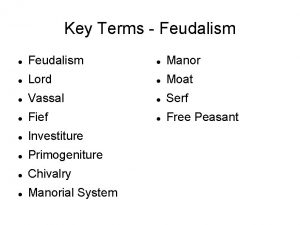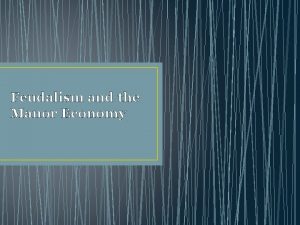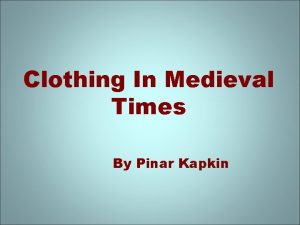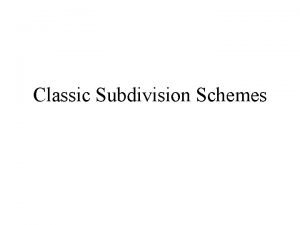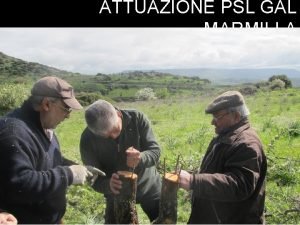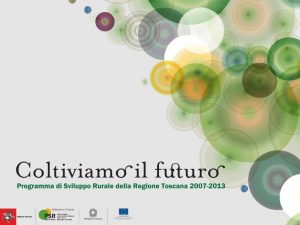The Gal of peasants Section on Gal 1978









- Slides: 9

The Gal of peasants Section on Gal (1978) 5/21/2009 Questions? Tylers at Stanford

Gal (1978) overview • Peasants ≠ workers – A shift in society • Bilingualism in Hungarian and German is shifting to just German – Especially for young women – They’re also marrying non-peasants (ie, people who don’t speak Hungarian) • Big theme: language offers symbolic value (capital)

Background • Sociolinguistic assumption: – Speech differences indicate social differences • Rule of thumb in the field: – Women use newer, advanced forms more frequently than men – Not a rule – Not always pro-prestige, though you might hear that claim

What Gal is up to • Gal’s innovation: – “Linguistic innovation is a function of speakers’ differential involvement in, and evaluation of, social change” (Gal 1978: 2) – Change in language can represent (i) changes in speakers’ social status or (ii) their attitudes toward the activities the languages symbolize – What does (ii) really mean? What are German and Hungarian symbolizing?

Associations and alignments • Even the young people speak Hungarian sometimes (and report their usage accurately), but they still say “only old peasants speak Hungarian”. • How do we square this?

A few other notes • Like Eckert in suburban Detroit high schools, Gal uses the local’s definitions – (peasant=someone with cows and pigs) • A person’s social network was a better predictor of linguistic behavior than the person’s actual placement on the workerpeasant continuum

Seeing the world differently • What do men and want that’s different? • What’s it about?

Check for understanding • Can you compare/contrast Oberwart and Martha’s Vineyard and suburban Detroit – What’s the linguistic market? – Why do we want to talk about phonetic variation in terms of the linguistic market? – How do sociolinguists characterize interactions between: • Gender • Social class • Phonetic variation

Here’s what to be conversant in • What’s a linguistic variable? – How does it link to: • • Social meaning Identity Language acquisition Bourdieu and the market (currency/value by connection) • Global vs. local markets – Standard language ideology – Ideology! • What it means to be more standard and to see women as speaking more standardly – What you get from linguistic capital (if you don’t have access to economic capital)
 Prince george peasants
Prince george peasants What were serfs
What were serfs How did the hongwu emperor improve life for the peasants?
How did the hongwu emperor improve life for the peasants? Explain the mutual obligations of the feudal system
Explain the mutual obligations of the feudal system Social structure of japan
Social structure of japan Emperor shogun daimyo samurai peasants
Emperor shogun daimyo samurai peasants How were the lives of egypt's peasants ruled by the seasons
How were the lives of egypt's peasants ruled by the seasons Shogunate
Shogunate What did lords and ladies wear in medieval times
What did lords and ladies wear in medieval times Social hierarchy in japan
Social hierarchy in japan

